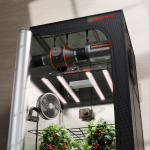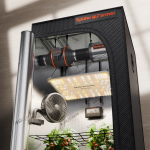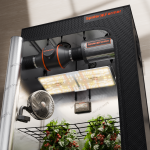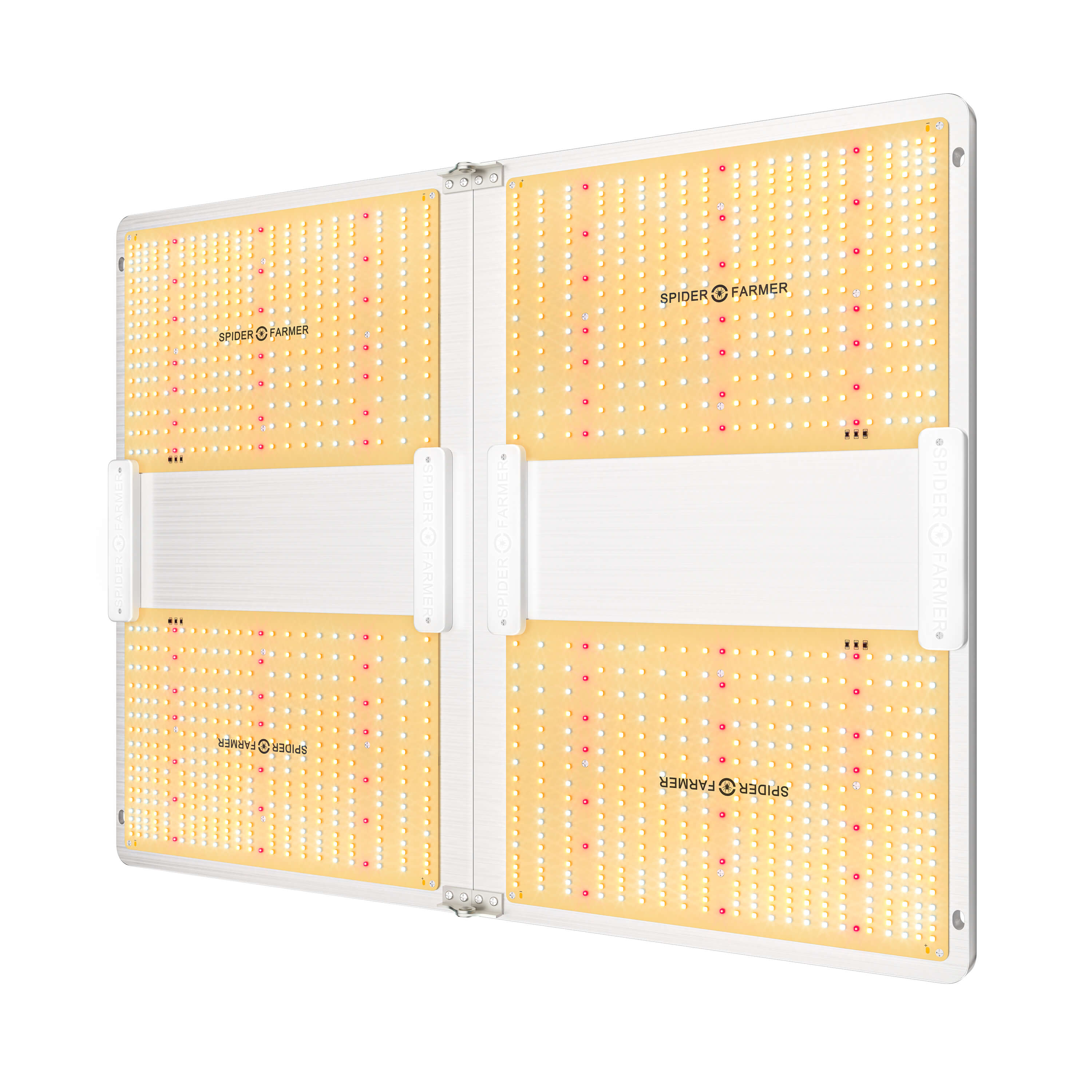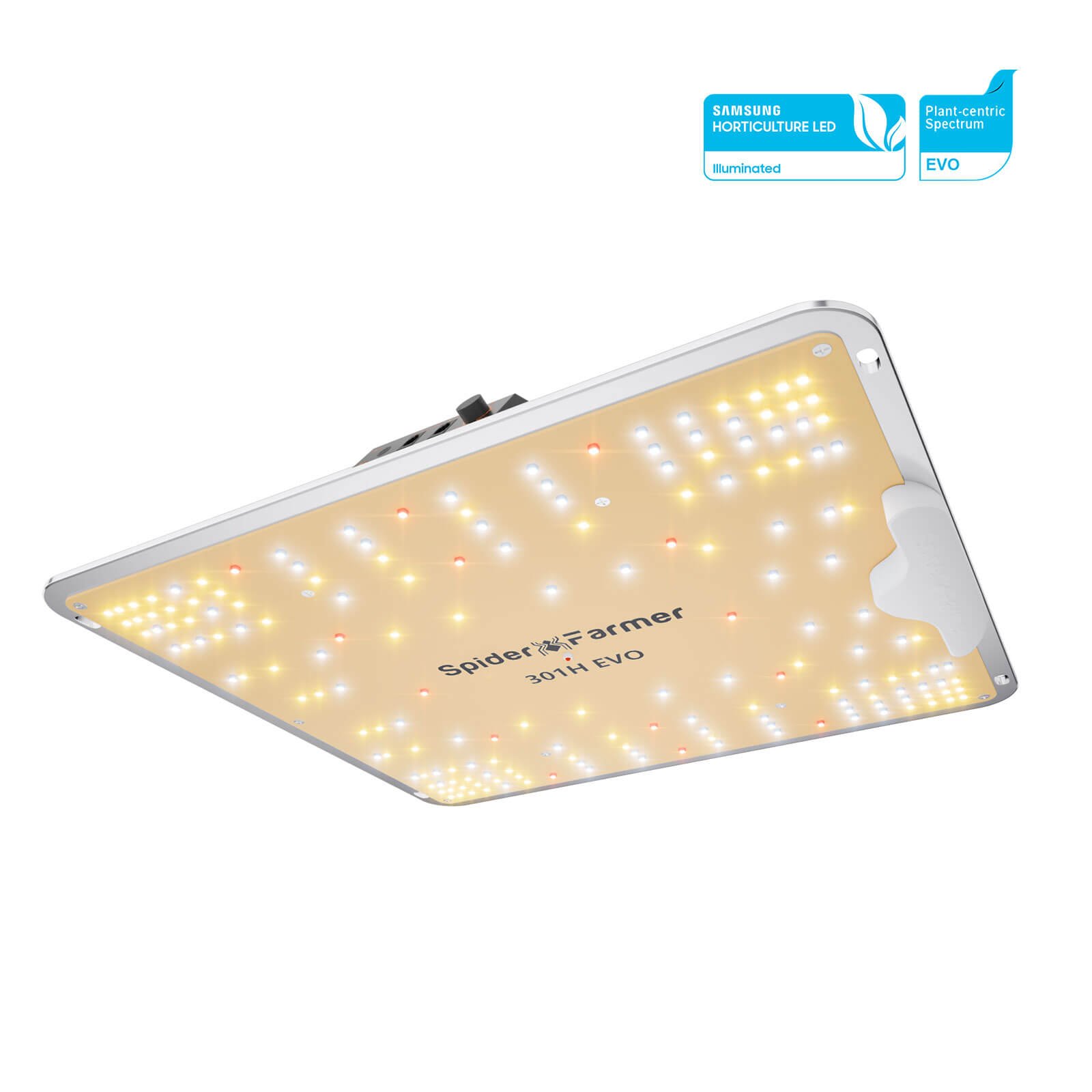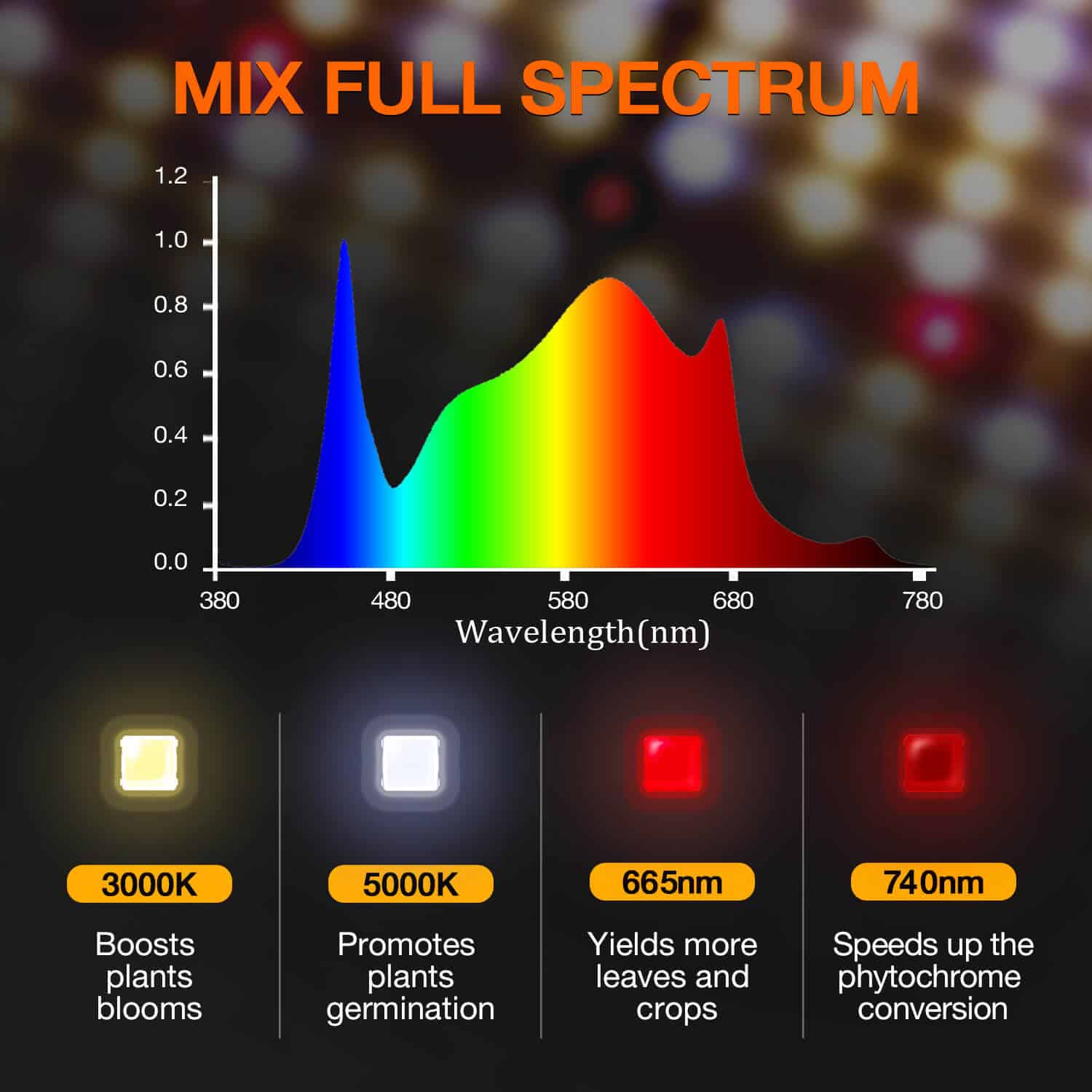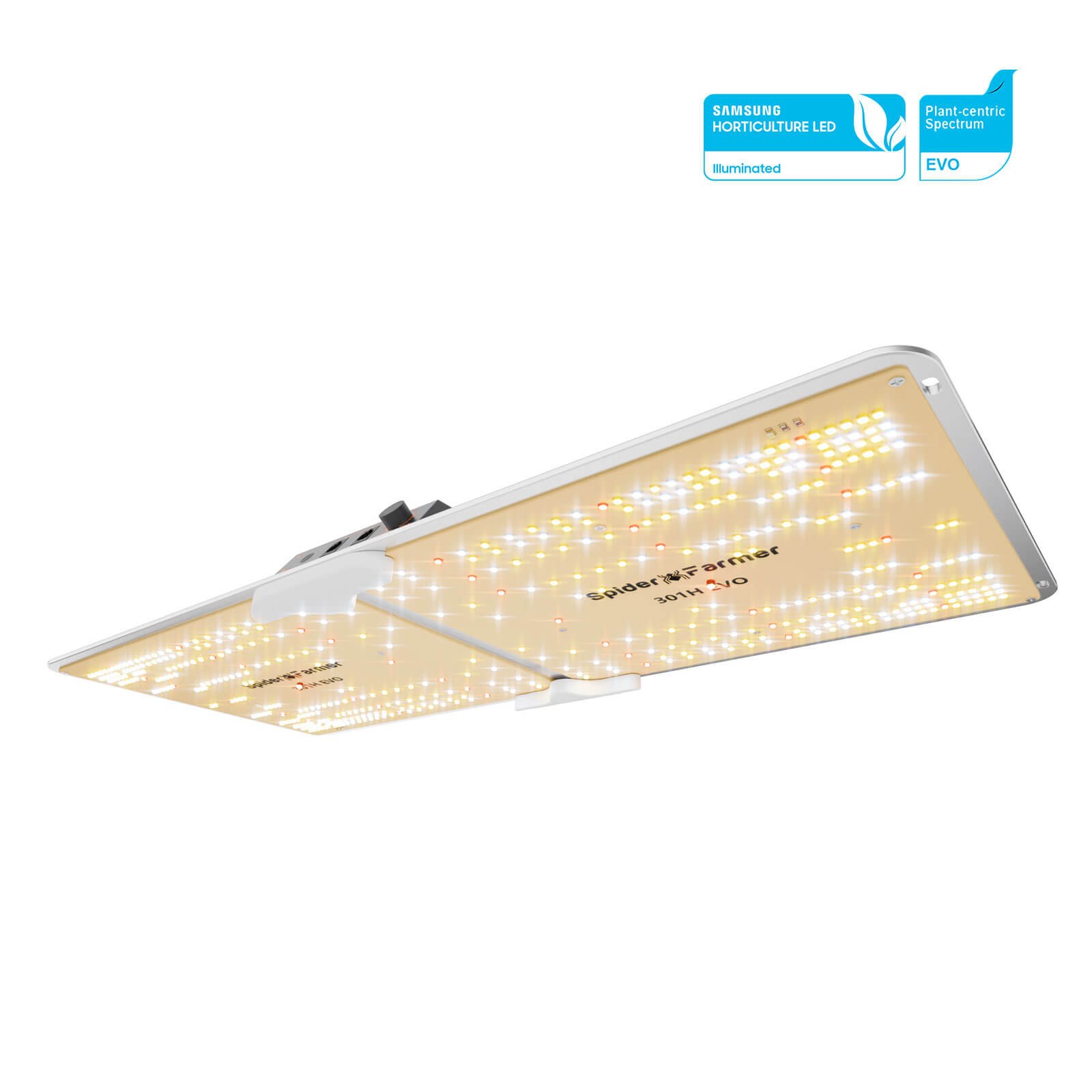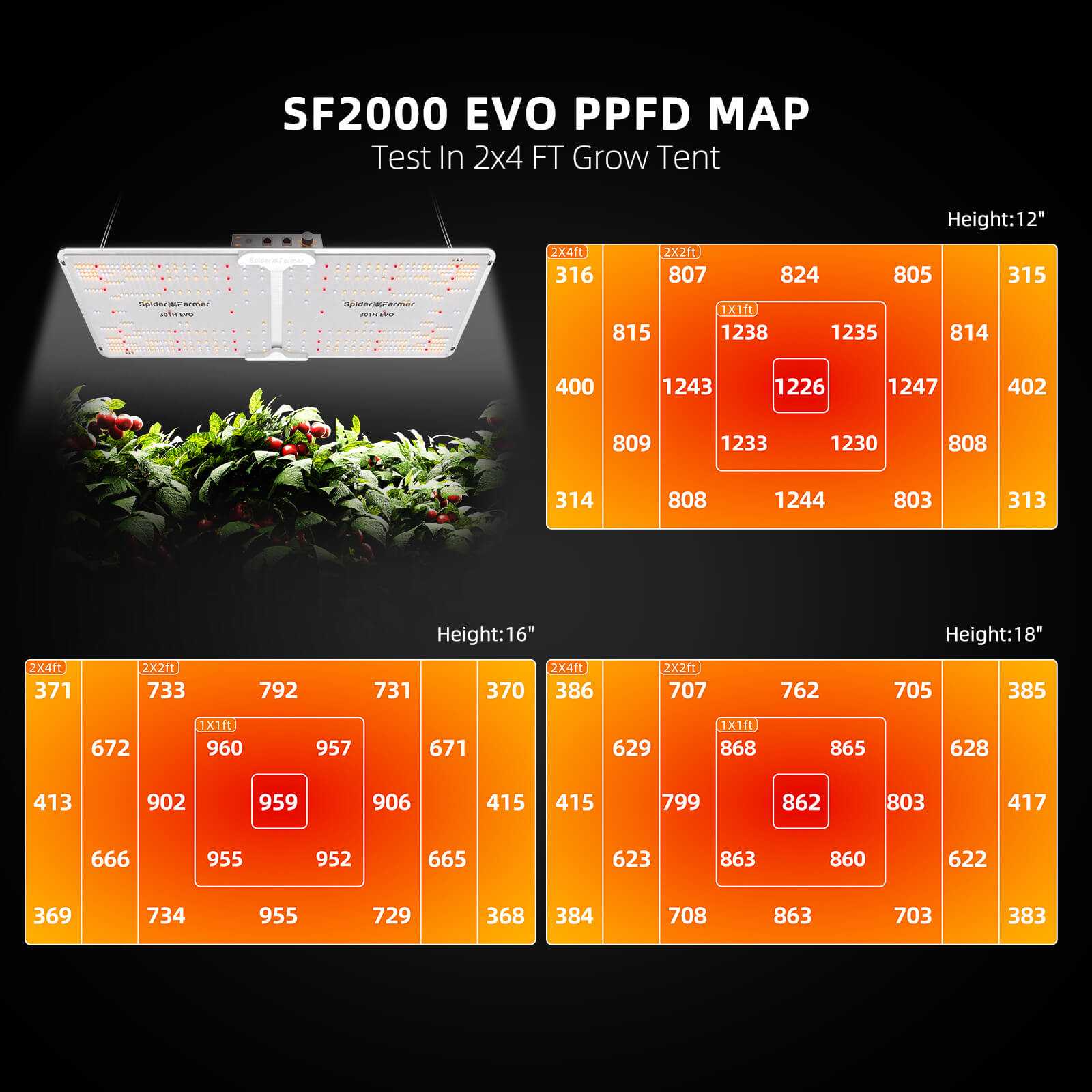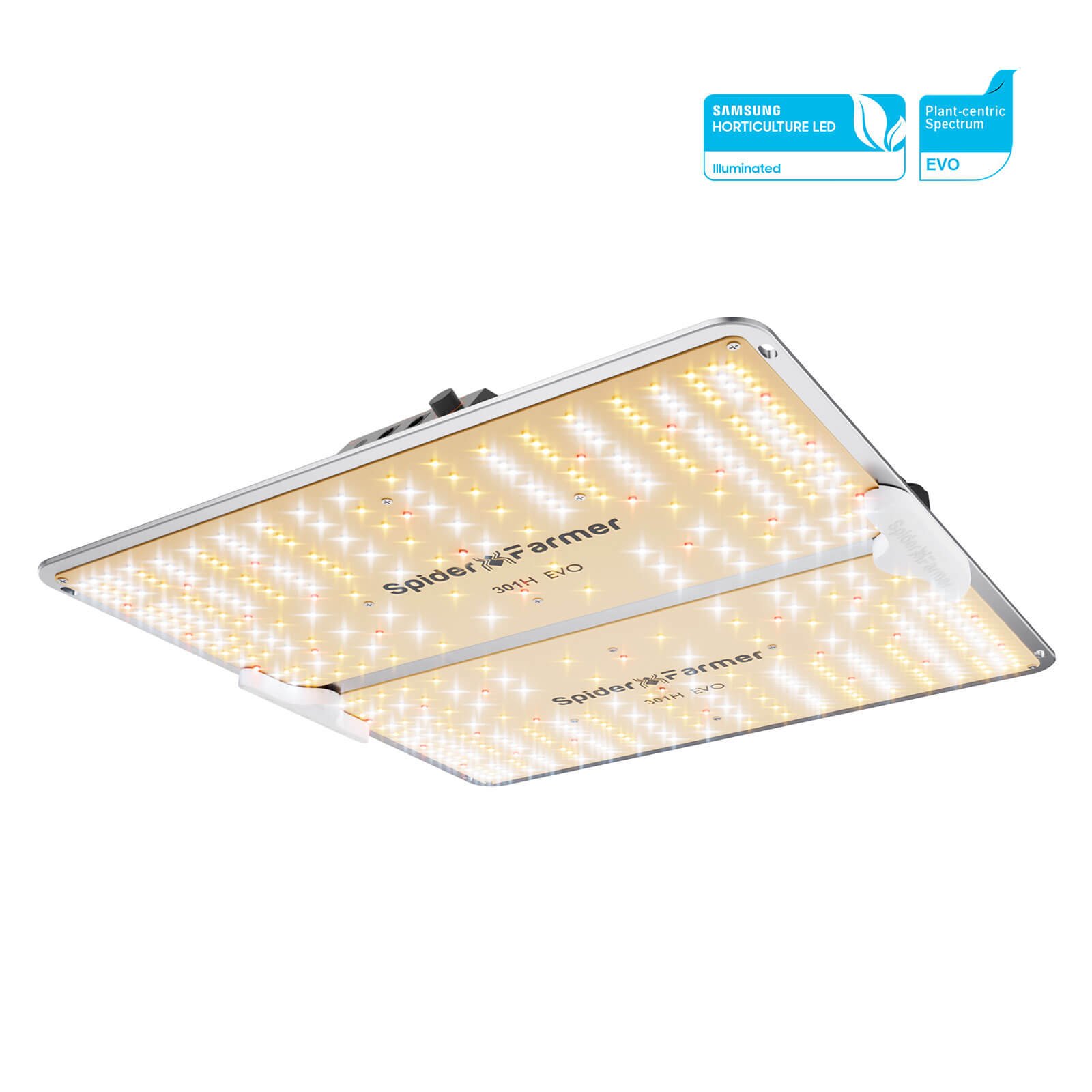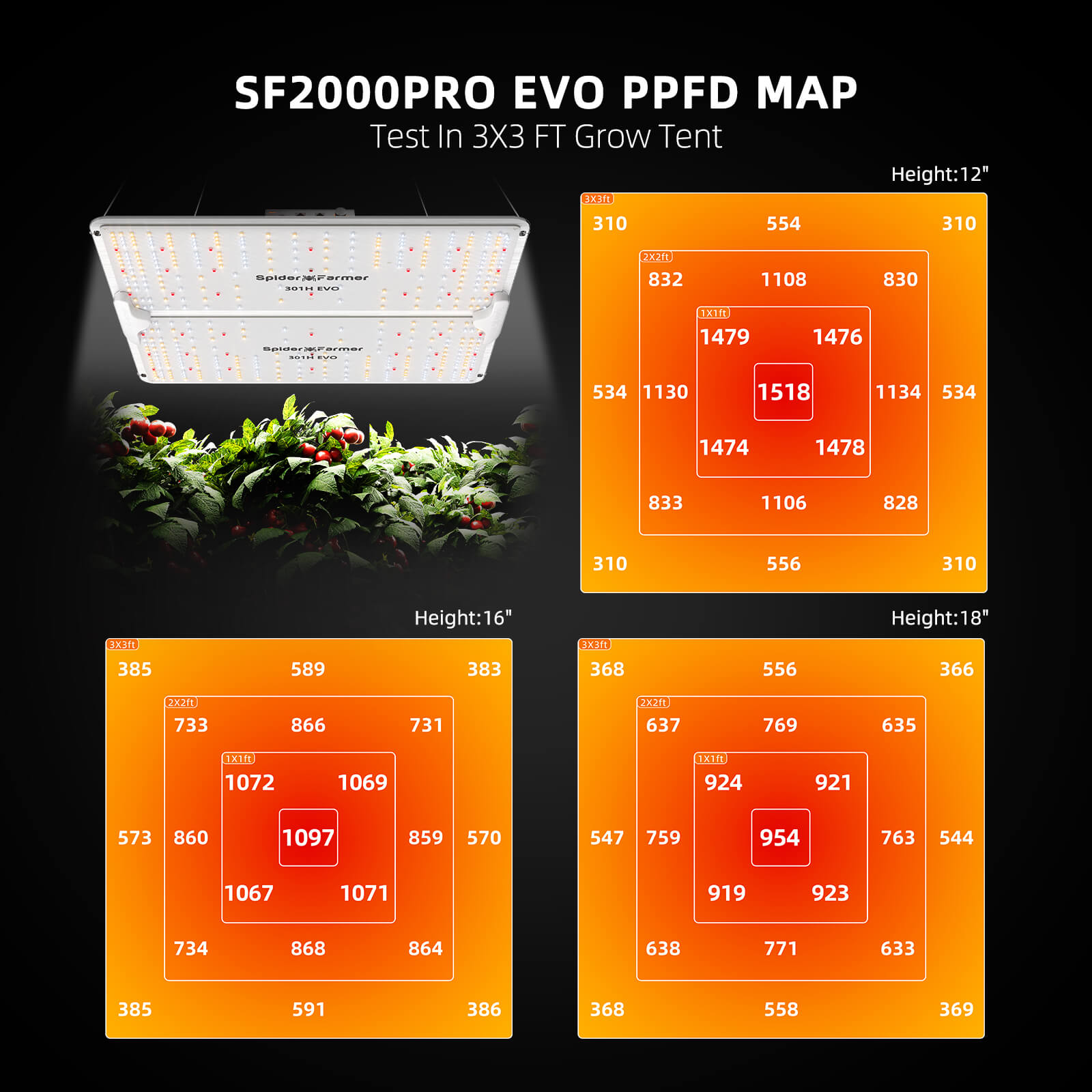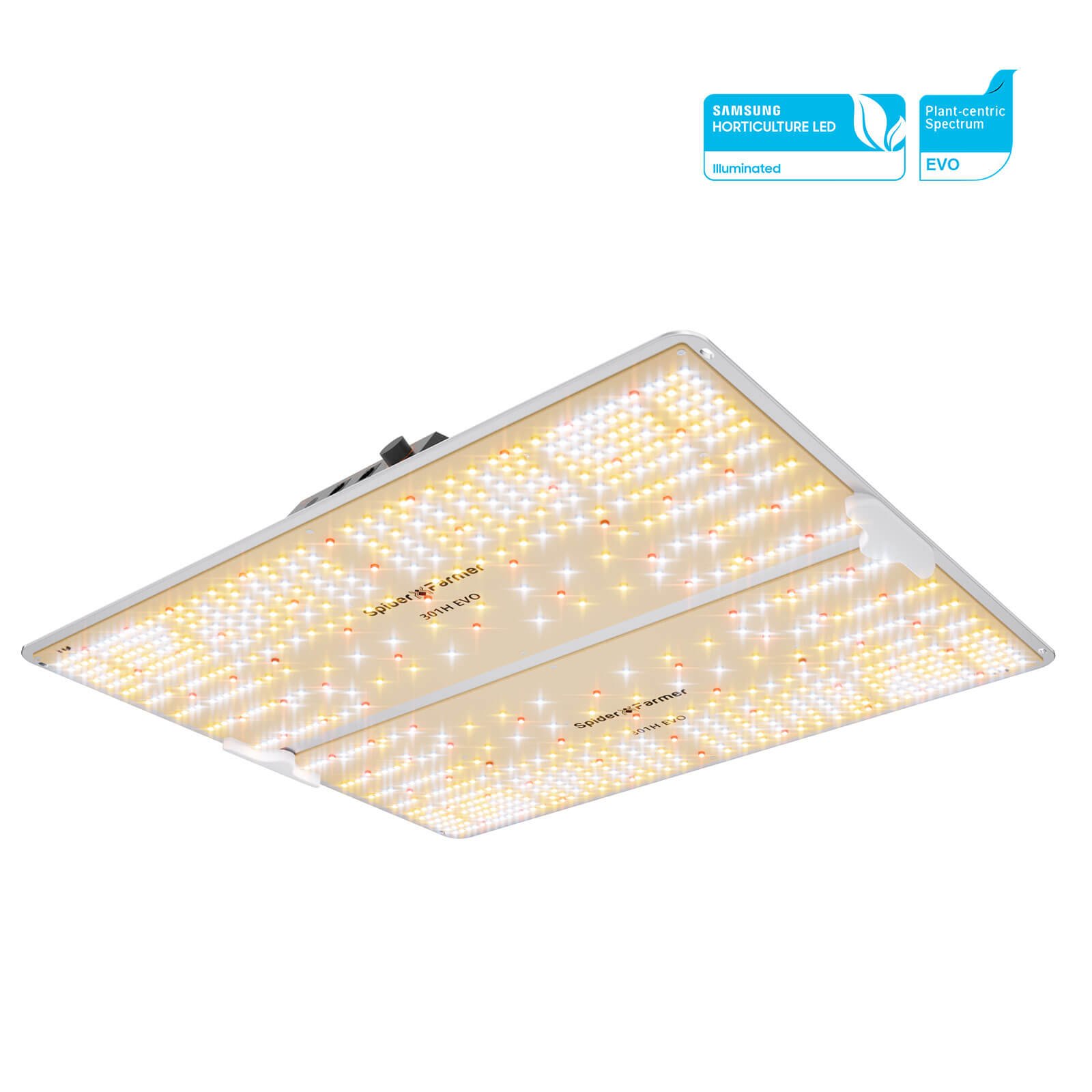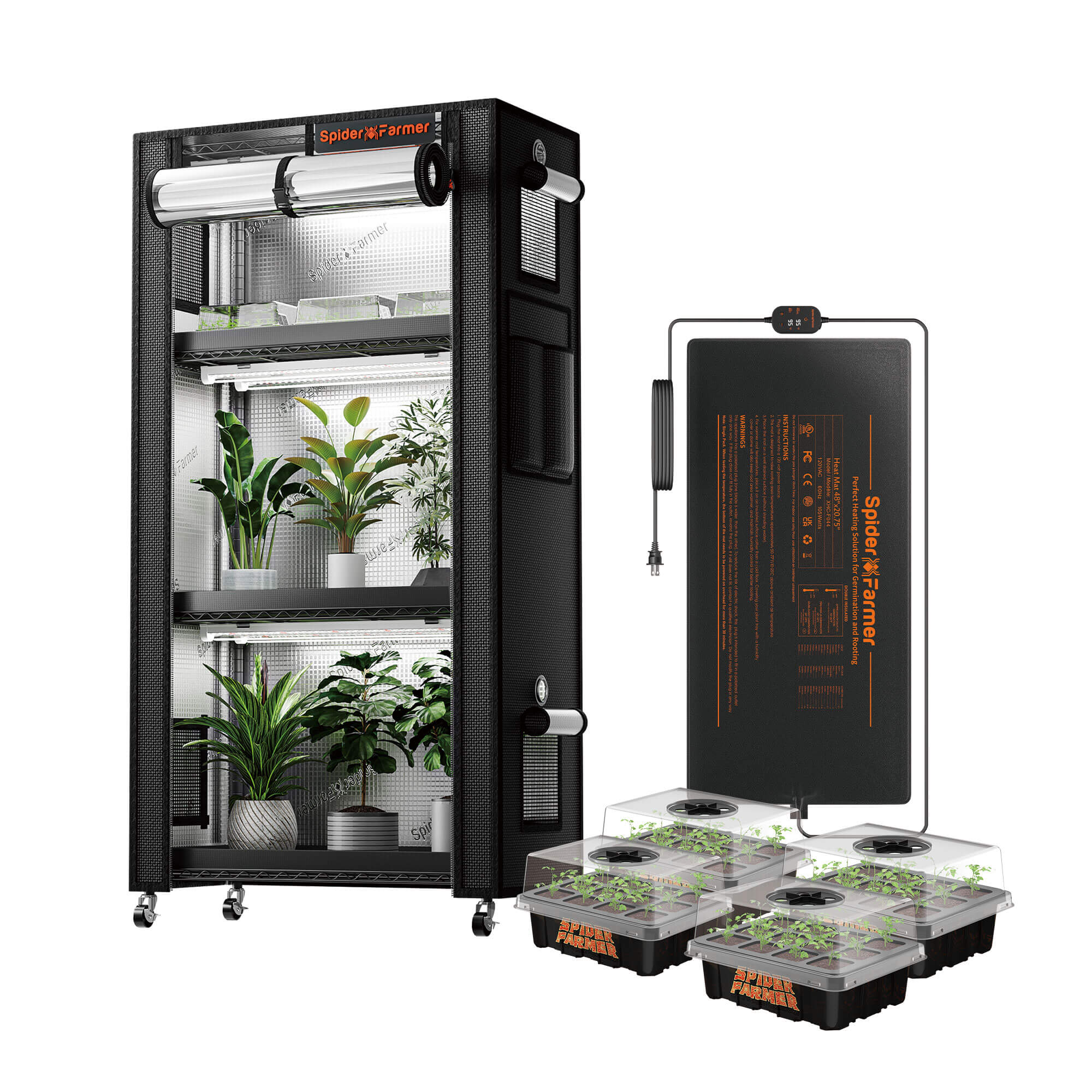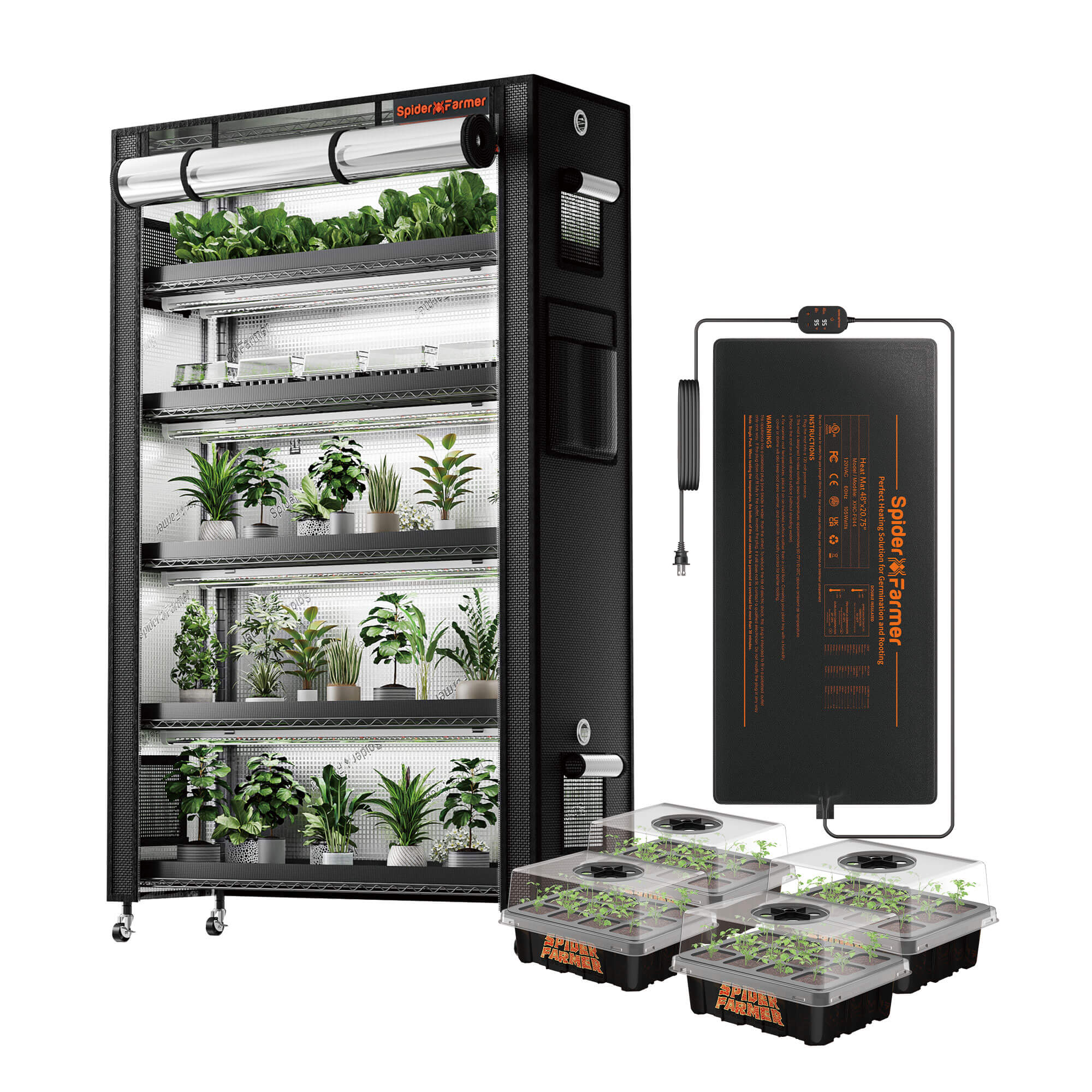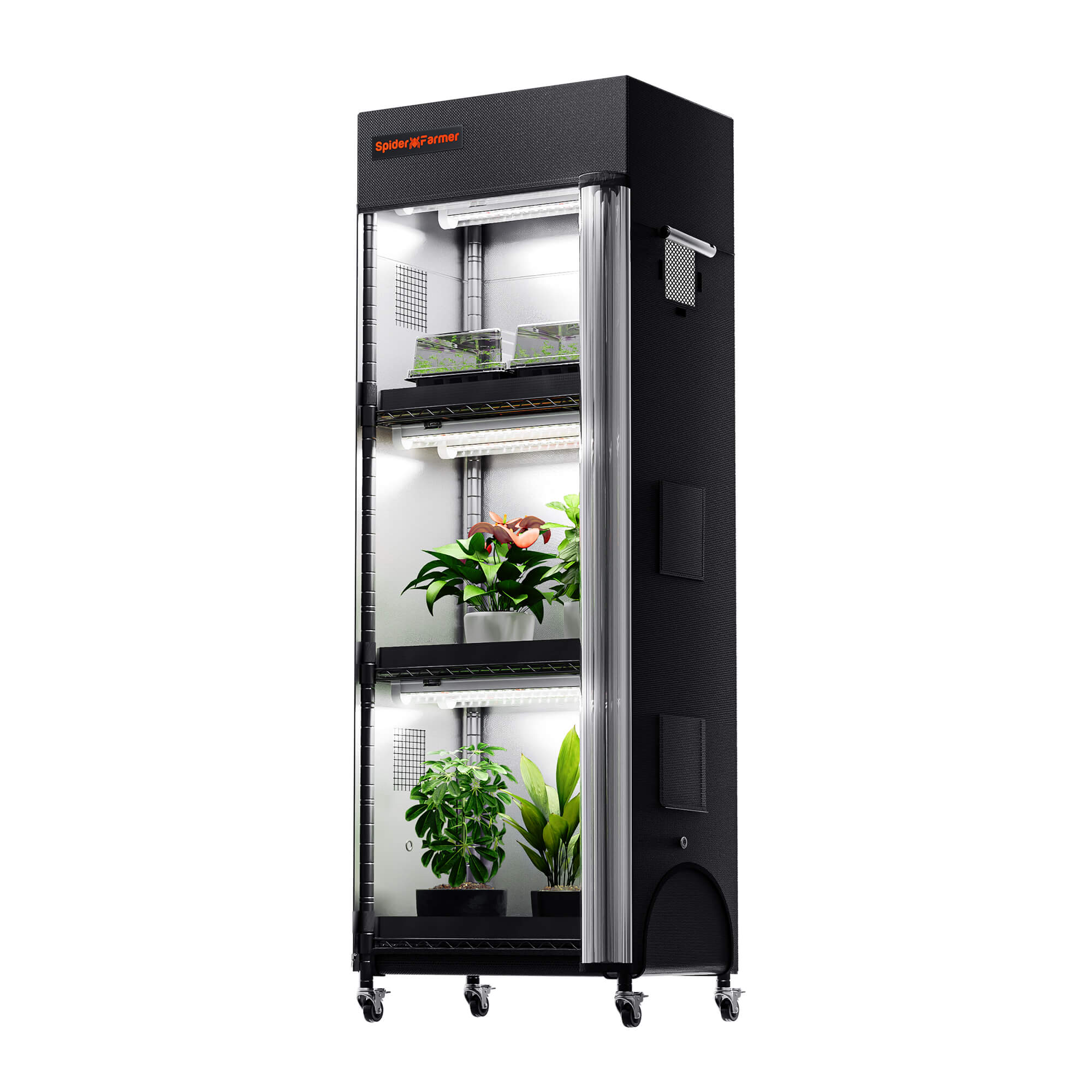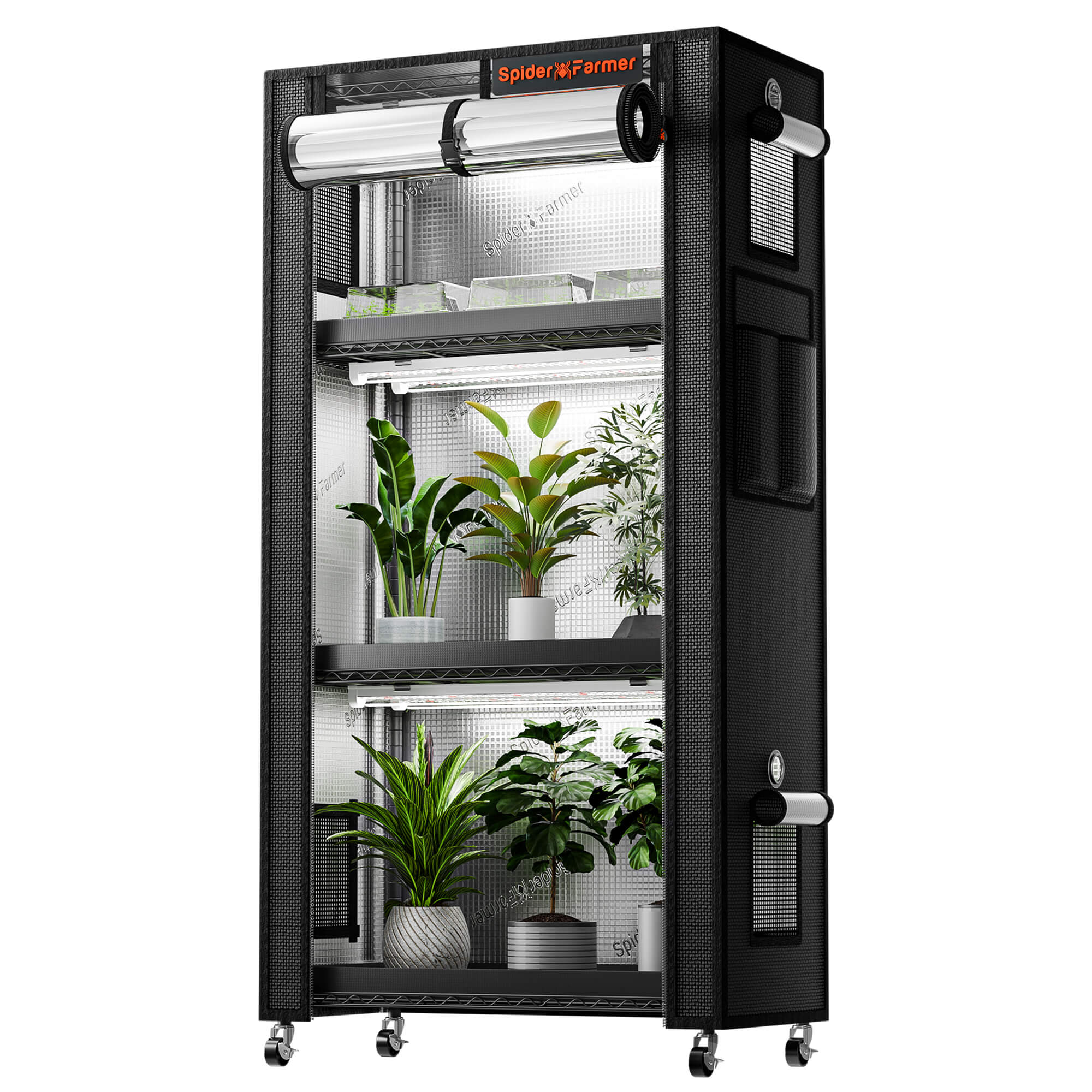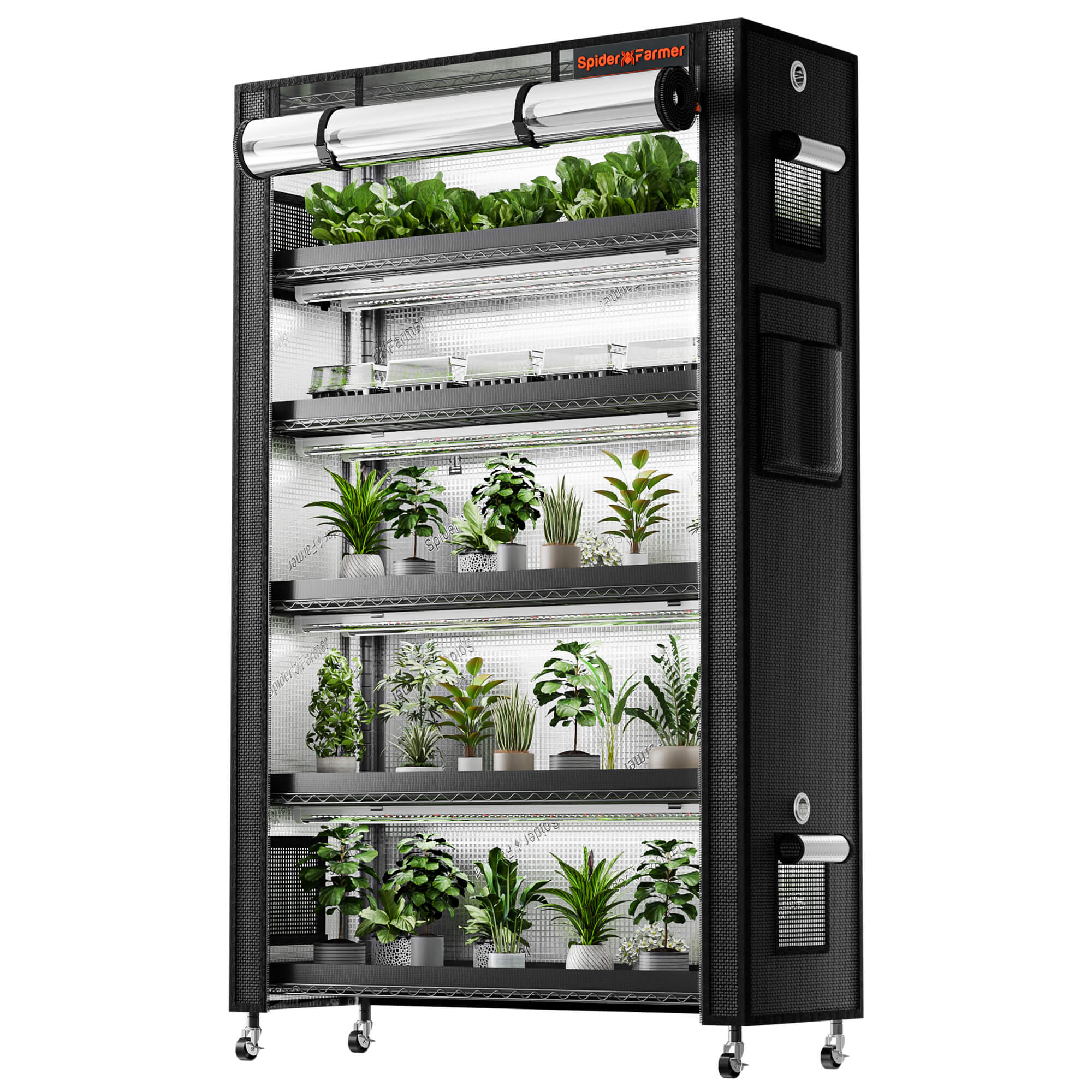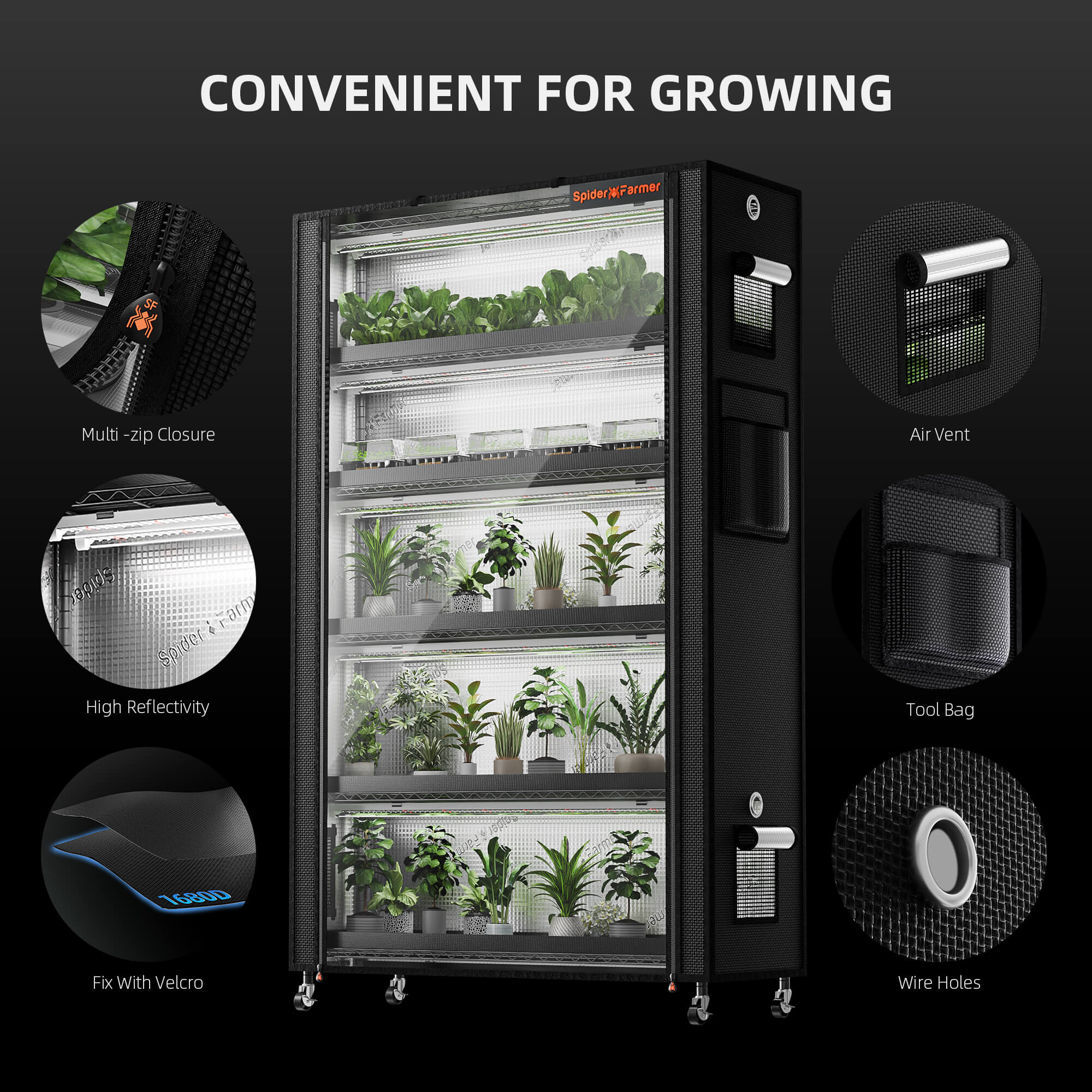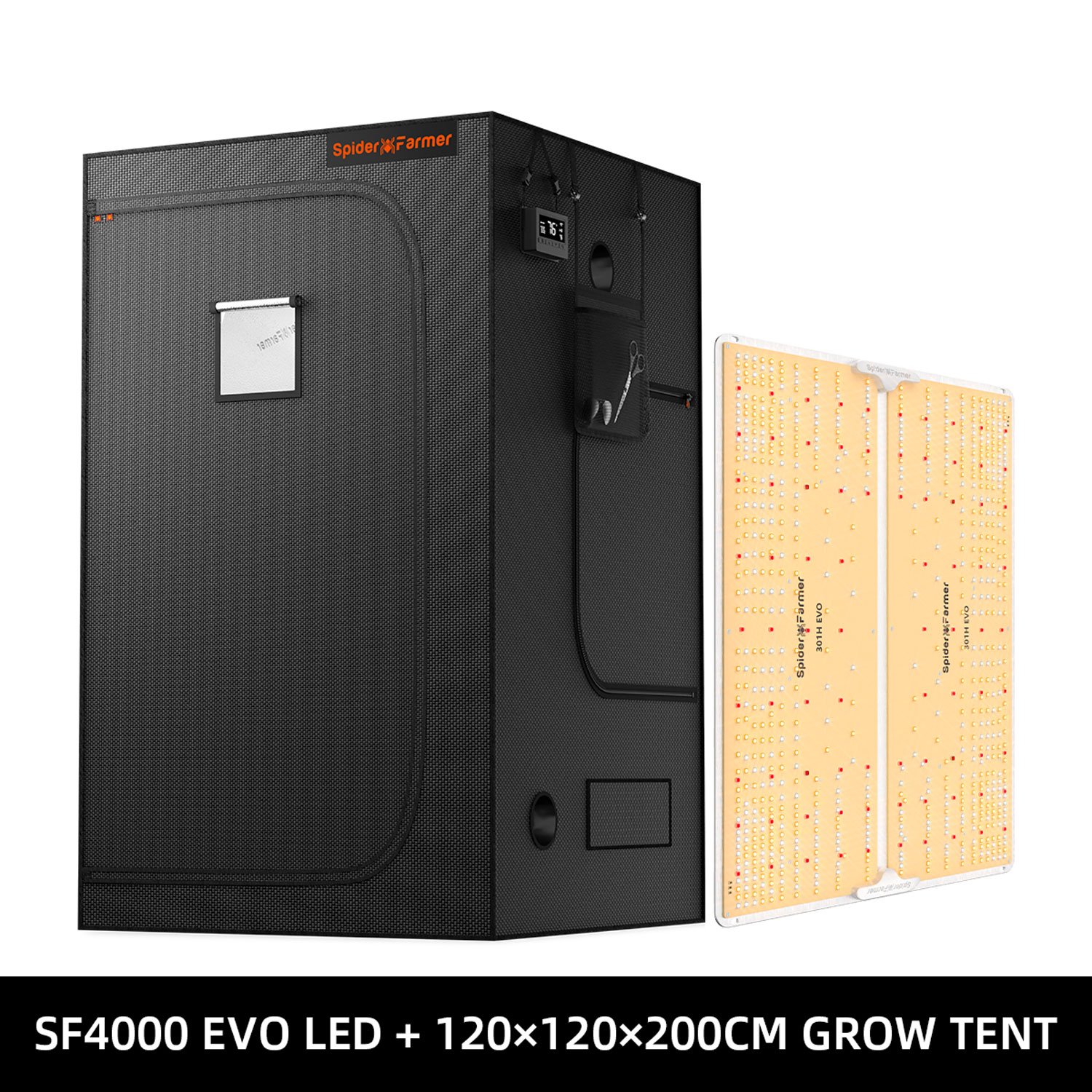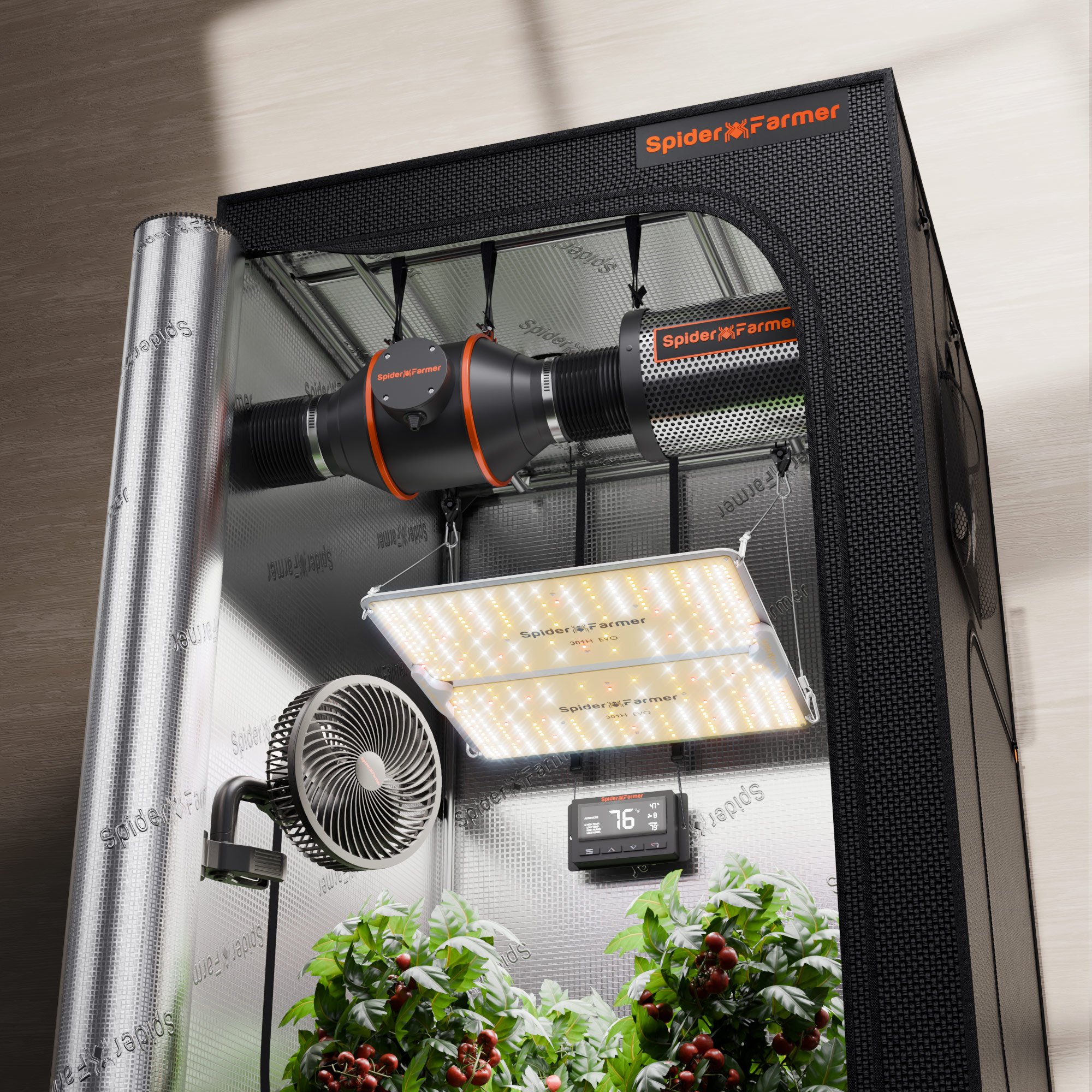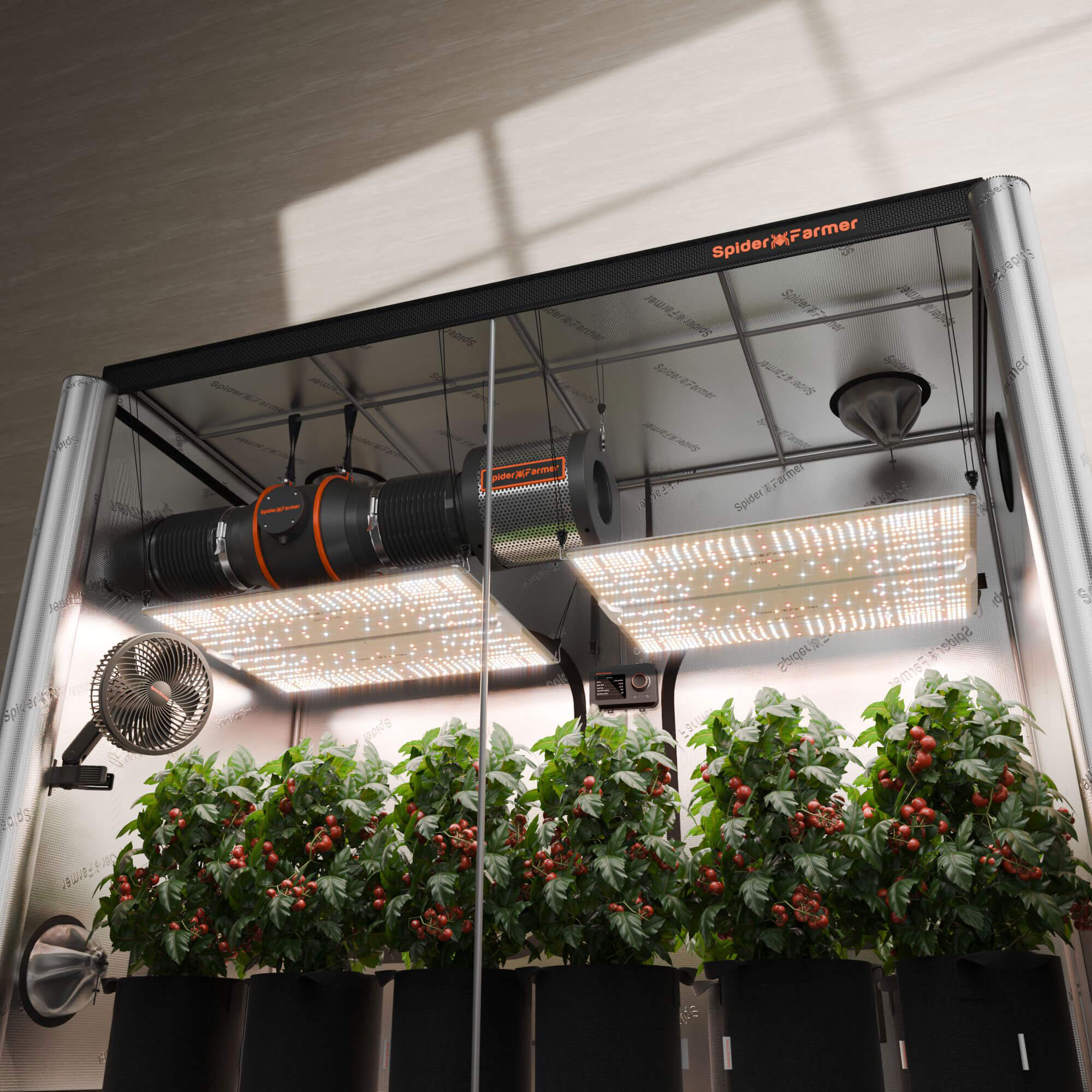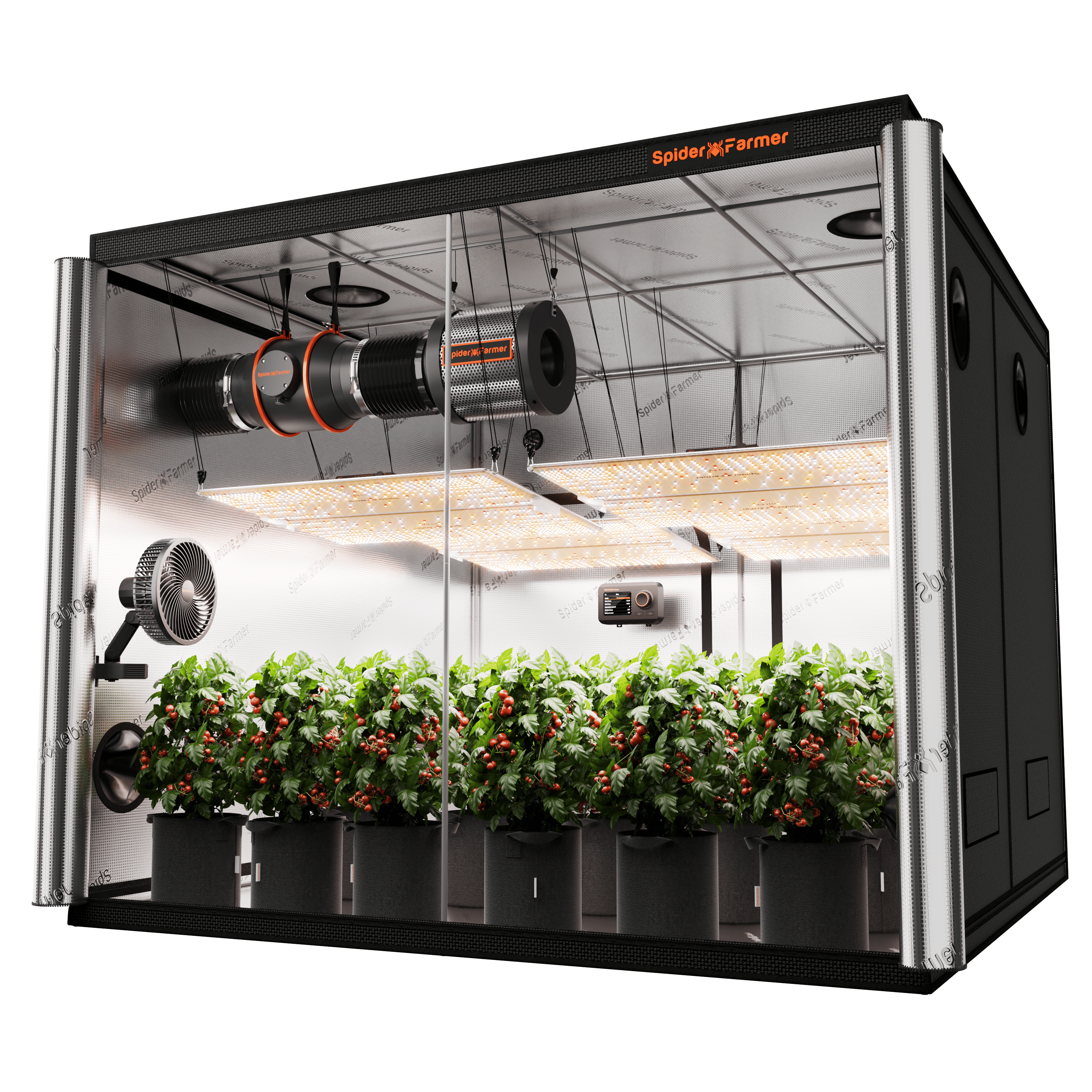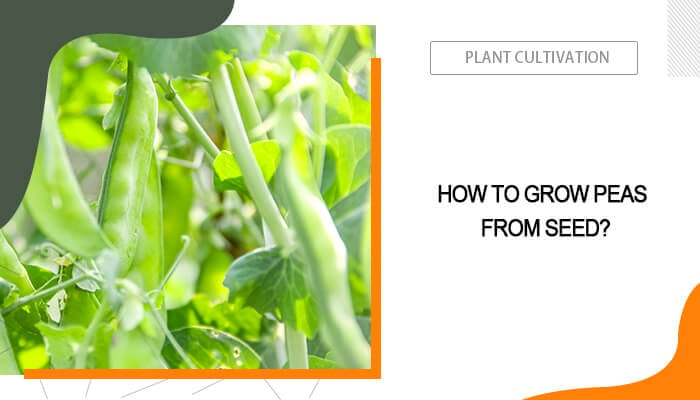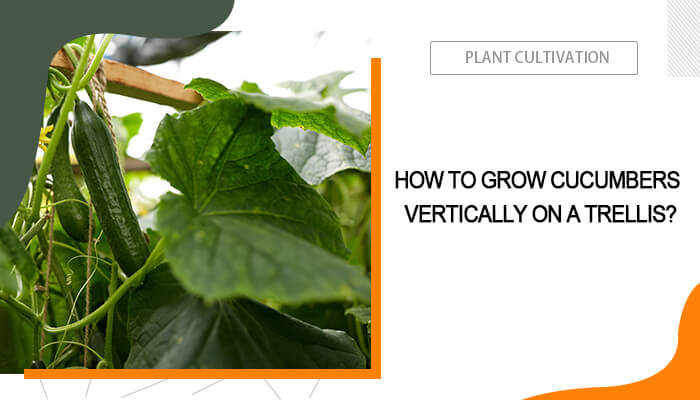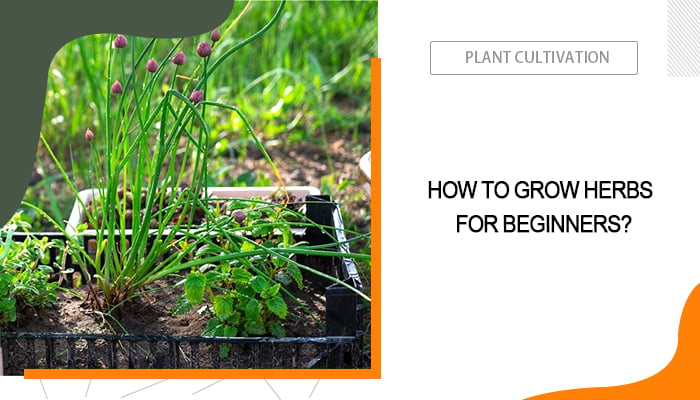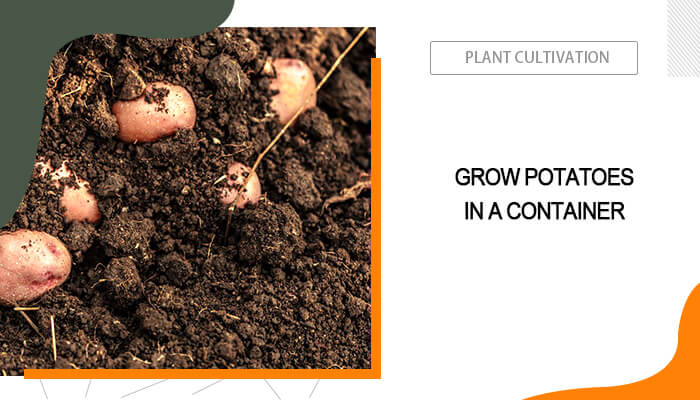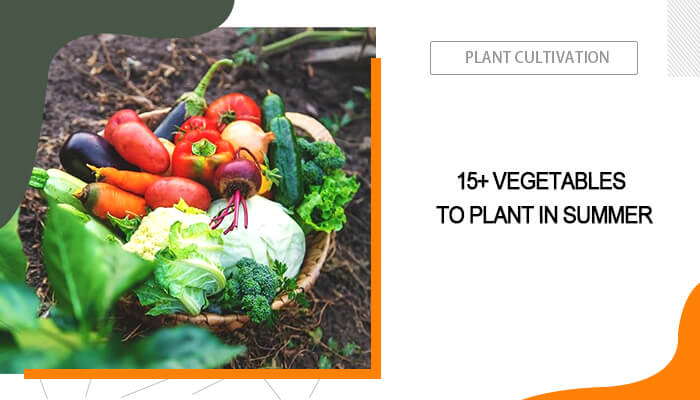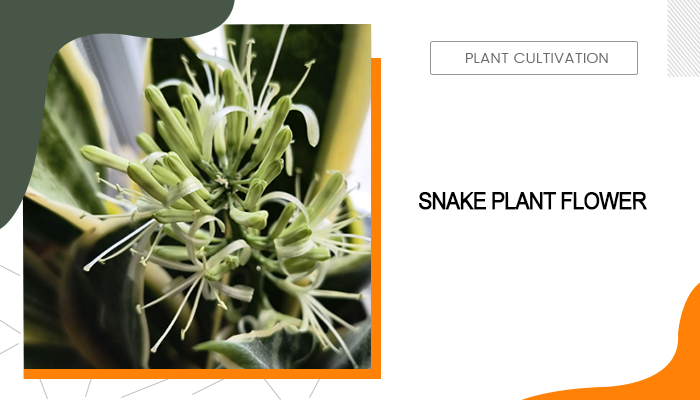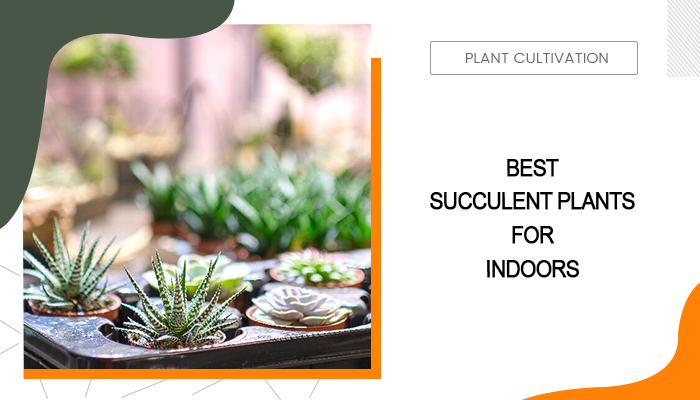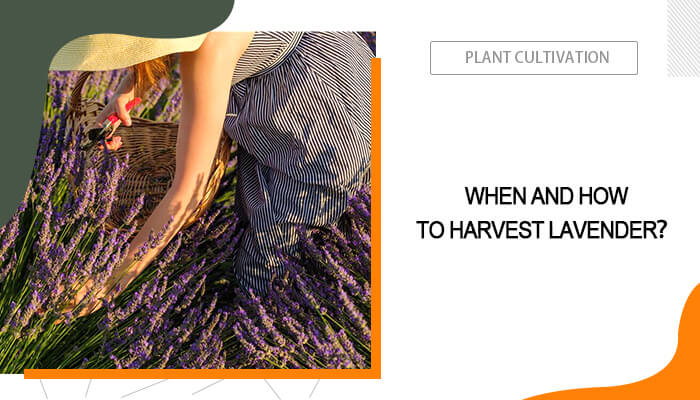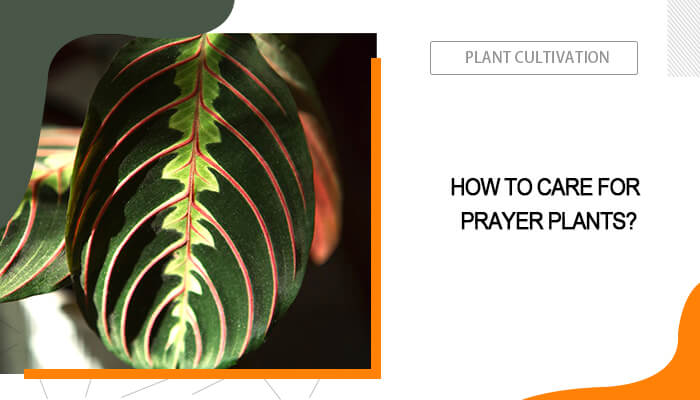To grow foods on your own, beautify your surroundings, and connect with nature, you can build a garden. Whether you have a spacious indoor space or just a small balcony, starting a garden for the first time can be an exciting adventure.
At this right season, experiment with summer plants, learn about their needs, and watch them thrive under your care. Whether you’re aiming for a lush flower garden, a productive vegetable patch, or a serene green space, the journey starts with a few essential steps.
In this guide, we’ll walk you through how to plant a garden, ensuring that you have all the tools and knowledge to make a garden.
Table of Contents
What Month is Best to Start a Garden?
The best month to start a garden depends on your climate and what you want to grow. Here’s a general overview of when to start a garden based on different climates and plant types.
For Cool-Climate Regions (USDA Zones 1-6)
- January: This is a great time to start planning and preparing for the upcoming season. You can conduct soil tests, amend the soil, and start seeds for cool-weather crops like broccoli, cauliflower, and kale indoors. It’s also a good time to clean and sharpen your garden tools.
- February: Begin hardening off seedlings by gradually exposing them to outdoor conditions. You can start sowing seeds for vegetables like peas, spinach, and radishes outdoors if the soil is workable. Pruning dormant fruit trees and berry bushes is another important task.
- March: As spring approaches, you can start direct sowing cool-weather crops like carrots, radishes, and lettuce. Fertilize garden beds and apply mulch to suppress grass.
For Mild-Climate Regions (USDA Zones 7-10)
- January: You can start seeds for a variety of vegetables and flowers indoors. In milder climates, you can also plant garlic and shallots outdoors.
- February: Continue starting seeds indoors for vegetables like broccoli, cabbage, and lettuce. You can also sow seeds for petunias, snapdragons, and geraniums indoors.
- March: Direct sow vegetables like peas, spinach, radishes, and carrots outdoors. Plant potatoes in trenches and start taking care of surrounding grass early.
For Warm-Climate Regions (USDA Zones 11-12)
- January: You can start seeds for a wide range of vegetables and flowers outdoors. This includes spinach, radishes, arugula, fennel, carrots, beets, and turnips.
- February: Continue sowing seeds for cold-hardy lettuce, radishes, spinach, turnips, and peas. You can also start seeds for broccoli, celery, leeks, and onions indoors.
- March: Direct sow beans, capsicums, celery, squash, sweet potatoes, lemon balm, and hyssop. Harden off seedlings and transplant them outdoors as needed.
What Equipment Do You Need for a Vegetable Garden?
Whether you’re a beginner or a seasoned gardener, it’s important to know what tools and supplies to get started. From basic hand tools to larger equipment, each item serves a specific purpose in maintaining and nurturing your garden.
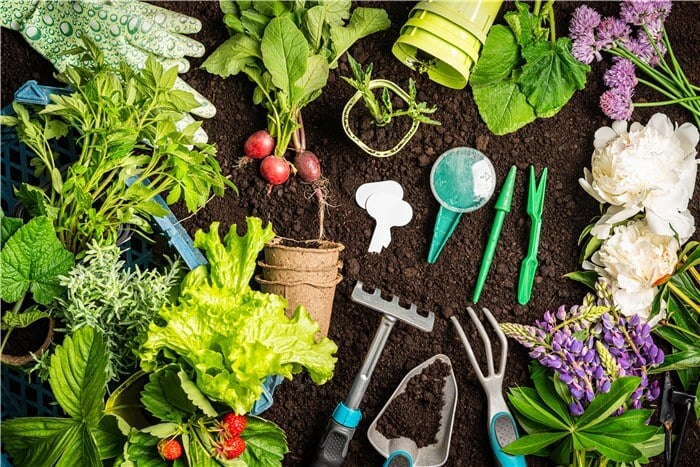
Equipment for a Vegetable Garden
Basic Tools
- Trowel: For digging and planting small holes.
- Hand Fork: To loosen soil and remove grass.
- Garden Hoe: For breaking up soil and preparing beds.
- Rake: To level soil and remove debris.
- Watering Can or Hose: For watering plants efficiently.
Larger Equipment
Spider Farmer provides a comprehensive list of equipment for indoor gardening.
The SF series is designed for individual grow tent setups and is perfect for beginners. It features Samsung LM301H EVO diodes, offering high PPE (Photosynthetic Photon Efficacy) and full-spectrum lighting suitable for all plant growth stages.
Pre-Order 2025 Spider Farmer® SF7000 650W LED Grow Light
2025 Newest Version Spider Farmer® SF1000 100W Samsung LM301H EVO LED Grow Light For 2×2’/3×3′
2025 Newest Version Spider Farmer® SF1000D 100W Full Spectrum LED Grow Light Samsung Diodes For 2×2′
2025 Newest Version Spider Farmer® SF2000 200W Samsung LM301H EVO LED Grow Light For 4×2’/5×3′
2025 Newest Version Spider Farmer® SF2000Pro 200W Samsung LM301H EVO LED Grow Light
2025 Spider Farmer® SF4000 450W Samsung LM301H EVO LED Grow Light For 4×4’/5×5′
You can choose a plant stand with grow lights if you want to establish vertical gardening. Spider Farmer offers a range of plant stands with built-in grow lights, from 4-tier to 6-tier models, with wattages ranging from 54W to 220W. These plant stands come with adjustable shelves and high-density Oxford fabric tents, providing an ideal environment for healthy plant growth in small spaces. The grow lights are full-spectrum, ensuring that plants receive the necessary light for all stages of growth.
2025 Newest Version Spider Farmer 4 Tier Plant Stand With Grow Lights 108W, 1680D Grow Tent, 4 pcs Seed Starter Trays, And 10”X20.75” Seedling Heat Mat
Package Includes:
6 X Light Bar ( 108watt/ 6 bars; 18watt each bar) 1 X Plant Stand 4 X Wire Mesh 3X Waterproof Mat 1 X 1680D Grow Tent 4x Seedtray 1x 10” X20.75” Seeding Heat Mat 2025 Newest Version Spider Farmer 4-Tier Plant Stand with 6 Pcs Grow Lights is a compact indoor gardening solution. With 4 adjustable shelves (Including top layers) built-in 108W grow lights, and a 1680D Oxford fabric tent, and featuring a transparent front door, allows you to observe your plants easily, it supports healthy plant growth in small spaces year-round. For more details, check out the product descriptions.2025 Newest Version Spider Farmer 6 Tier Plant Stand With Grow Lights 220W with 1680D Grow Tent,4 pcs Seed Starter Trays, And 10”X20.75” Seedling Heat Mat
2025 Spider Farmer 4 Tier Plant Stand With Grow Lights 54W , Plant Shelf with Tent for Indoor Plant,Cloning and Greenhouse
FREE SEEDTRAY丨2025 Newest Version Spider Farmer 4 Tier Plant Stand With Grow Lights 108W , Plant Shelf with 1680D Grow Tent for Indoor Plant,Cloning and Greenhouse
FREE SEEDTRAY丨2025 Newest Version Spider Farmer 6 Tier Plant Stand With Grow Lights 220W , Plant Shelf with 1680D Grow Tent for Indoor Plant, Cloning and Greenhouse
Spider Farmer offers a range of grow tent kits for indoor gardening, ranging from 60x60x140 cm to 120x60x180 cm. If you start a garden from scratch, you can try on 60x60x140 cm Grow Tent Kit. This kit includes a 100W SF1000D Full Spectrum LED Grow Light, a 2' x 2' x 4.6' grow tent, a 6" clip fan, a 4" inline duct fan, a carbon filter, and other accessories. And it’s perfect for beginners or limited spaces.
2025 Spider Farmer SF4000 EVO LED Grow Light +4’x4′X6.5′ Grow Tent
What’s included in our carefully selected package: 1 × SF4000 EVO Full Spectrum LED Grow Light, 120X120X200CM Grow Tent.
Samsung lm301H EVO PPE: 2.75 µmol/J (Highest efficiency 3.14 μmol/j single diode) Coverage: Flower Coverage: 4′X4′, Veg Coverage: 5′X5′ Grow Tent Compatible: 4'X4' Recommended Fan Size: 6-Inch2025 Spider Farmer® 3’x3’x6′ Complete Grow Tent Kit丨SF2000PRO EVO 200W Full Spectrum LED Grow Light丨4” Ventilation System with Humidity and Temperature Controller丨6” Clip Fan
2025 Spider Farmer® 4’X8’X6.5′ Complete Grow Tent Kit丨2x Newest Version SF4000 Full Spectrum LED Grow Light丨2025 6” Clip Fan丨2025 6” Ventilation System with Humidity and Temperature Controller
2025 Spider Farmer® 8’X8’X6.5′ Complete Grow Tent Kit丨4 x Newest Version SF4000 Full Spectrum LED Grow Light丨2025 6” Clip Fan丨2025 6” Ventilation System with Humidity and Temperature Controller
What is the First Thing You Put in a Garden?
When embarking on the journey of starting a garden, one of the most common questions new gardeners may ask is - What is the first thing you put in a garden? While many might think it's seeds or plants, the real answer lies in the foundation: the soil.
Healthy, nutrient-rich soil is the backbone of a successful indoor garden, as it provides the necessary support, nutrients, and water retention that plants need to thrive. Before you can plant anything, it’s quite essential to assess and prepare the soil, ensuring it has the right pH balance, texture, and fertility.
Once your soil is ready, the next question often arises: “What is the easiest or quickest vegetable to grow?” This is important for beginners who want to see quick results and gain confidence in their gardening skills.
What is the Easiest Veggie to Grow for Beginners?
The easiest vegetable to grow for beginners is green beans. They are forgiving, require minimal care, and can thrive in various soil types. Green beans can be direct-seeded into the garden, grow quickly, and produce a bountiful harvest.
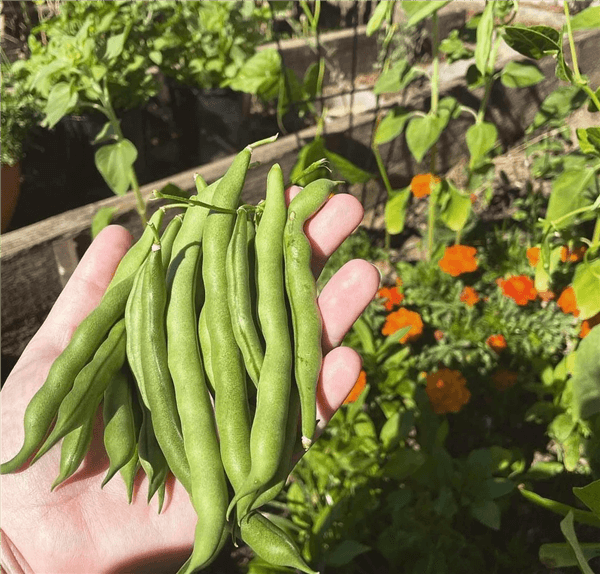
The Easiest Veggie to Grow for Beginners - Beans
Other beginner-friendly options include radishes, lettuce, and zucchini. These vegetables are also easy to grow, require little maintenance, and provide quick results, making them ideal for novice gardeners.
What is the Quickest Vegetable to Grow for Beginners?
The quickest vegetable to grow for beginners is radishes. They typically mature in about 3 to 4 weeks from planting, making them an excellent choice for new gardeners. It's easy to grow radishes from scratch. It requires minimal care and can be grown in various conditions, including containers.
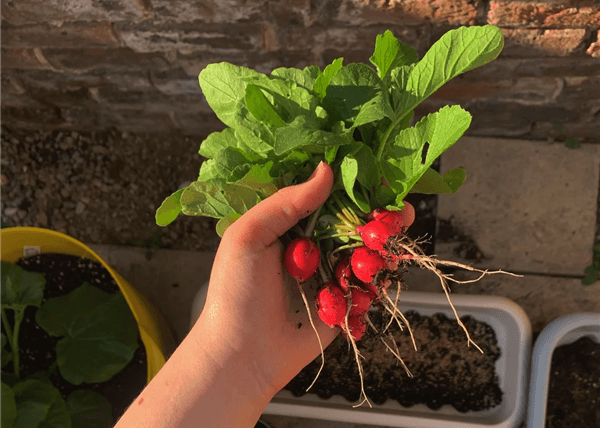
The Quickest Vegetable to Grow for Beginners - Radishes
Other quick options include lettuce and spinach, which can also be harvested in about 4 to 6 weeks. These leafy greens are perfect for beginners looking to see quick results in their gardening efforts.
How to Make a Simple Garden?
Now, it’s time to start your gardening journey. You can start from a simple garden by following the instructions below.
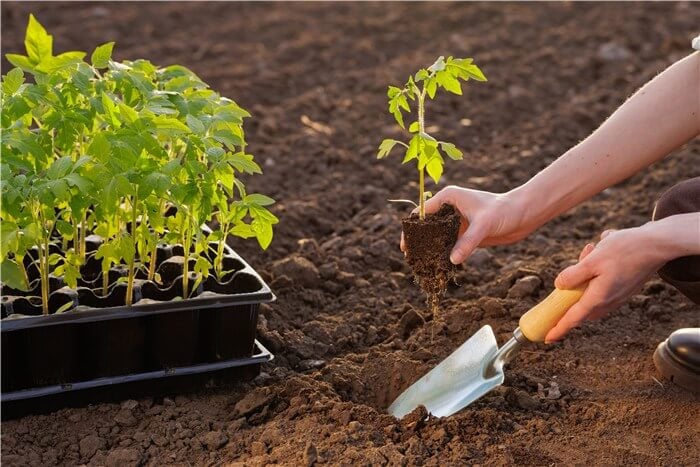
Start a Garden from Scratch
1. Choose Your Garden Location
- Sunlight: Most vegetables and flowers need at least 6-8 hours of direct sunlight per day. If there isn’t sufficient light, consider using veg lights as supplemental lighting.
- Soil: Ensure the soil is well-draining and nutrient-rich. If your soil is poor, consider building raised beds or using containers.
- Water Source: Make sure your garden is close to a water source for easy watering.
2. Plan Your Garden Layout
- Plant Selection: Choose plants that are easy to grow and suit your climate. Some beginner-friendly options include radishes, lettuce, tomatoes, and marigolds.
- Size: Start small if you’re a beginner. A 4x4 or 4x8 garden bed is manageable and can be expanded later.
3. Prepare the Soil
- Test the Soil: A soil test can help you understand the pH and nutrient levels. You can buy a soil test kit online or from a garden center.
- Amend the Soil: Based on the test results, add compost, manure, or other organic matter to improve soil fertility and structure.
- Till or Loosen the Soil: If you’re not using raised beds, till the soil to a depth of about 12 inches to break up compacted soil.
4. Build or Set Up Your Garden
- Raised Beds: Build or purchase raised beds. Fill them with a mix of topsoil and compost.
- Containers: Choose containers with drainage holes. Fill them with a high-quality potting mix.
- Direct Sowing: If you’re planting directly in the ground, create rows or planting holes based on the seed packet instructions.
5. Plant Your Seeds or Seedlings
- Seeds: Follow the planting instructions on the seed packets. Some seeds need to be started indoors before transplanting outside.
- Seedlings: Purchase seedlings from a nursery or start your own indoors. Transplant them into the garden once they are strong enough and the weather is suitable.
6. Water and Mulch
- Watering: Water your garden regularly, especially during dry spells. Aim to keep the soil consistently moist but not waterlogged.
- Mulch: Apply a layer of mulch (straw, wood chips, or grass clippings) around your plants to retain moisture, and regulate soil temperature.
7. Maintain Your Garden
- Fertilizing: Use organic fertilizers or compost to provide additional nutrients as needed.
- Pest Control: Keep an eye out for pests and diseases. Use natural methods like hand-picking or organic sprays to control them.
8. Harvest and Enjoy
- Timing: Harvest your vegetables and flowers at the right time to ensure the best flavor and quality. Refer to the seed packets or plant tags for guidance.
- Continuous Planting: Consider succession planting to ensure a continuous harvest throughout the growing season.
Conclusion
By carefully selecting your garden location, planning your layout, preparing the soil, and planting your seeds or seedlings, you lay the foundation for a thriving garden. And then work on regular maintenance, such as watering, mulching, and pest control, you can ensure your plants grow strong and healthy. Remember, gardening is a journey of continuous learning and adaptation. Embrace the challenges, celebrate the successes, and enjoy the process.

